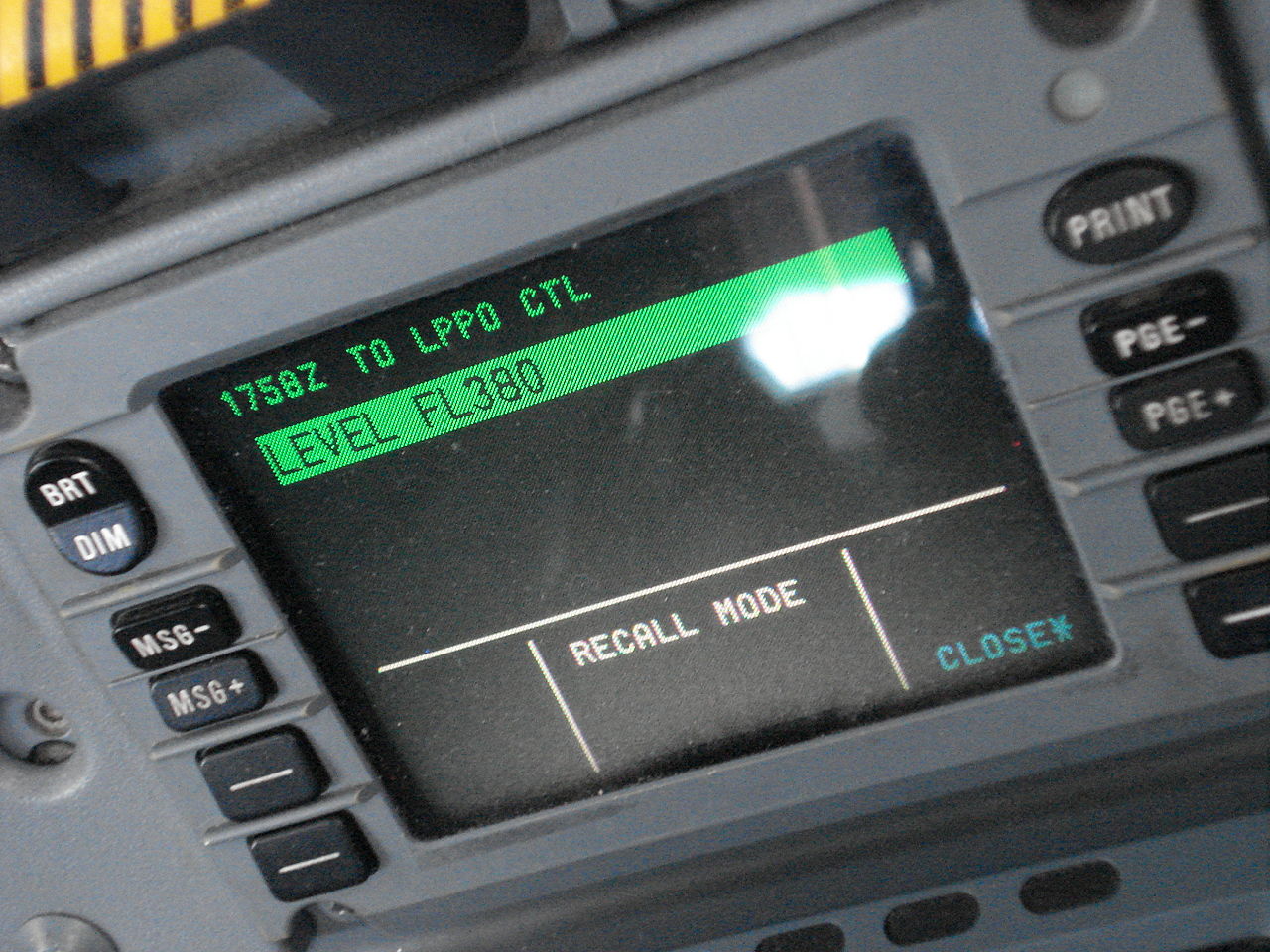
The newly travelling youngsters may not have the pathos, but the Maharaja of national carrier Air India is a brand cherished by most persons of my age, with ties to India. We remember, with pride, the fact that Air India was the first all jet airline in the world; one of the earliest adopters of the Boeing 747 jumbo jet and the Airbus A300. We cherish the warmth and grace of days gone by, and then we are dragged in to the present and land, with a thud, on the dismal state of affairs at the airline today.
Sloth rules the daily operations, political interference is the mantra, petty factionalism hollows the foundations like termites sucking the resources of the airline without a care for the consequences.
Every so often, one puts aside rational thinking and tries to feel some sympathy for Air India, hoping against hope, for some optimistic future for the beleaguered airline, and then Air India delivers, with amazing regularity, a dose of bad news; and it is almost always, self-inflicted.
Over the last few days the airline is being blackmailed by the striking Indian Pilots Guild (IPG) representing erstwhile Air India pilots, who want exclusive access to the Boeing 787 Dreamliner, blocking the re-training of their pilot "colleagues" from the pre-merger Indian Airlines, despite a Supreme court ruling to the contrary.
It borders on criminal, that such petty issues are being used to justify the cancellation of almost the entire international schedule of Air India, causing it daily losses already in the hundreds of crores, less than a month after the government has committed a whopping Rs. 30,000 Crore ($6 billion), taxpayer funded, bailout of the airline, an amount greater than the central government's outlay for the health department this year.
The IPG is a perfect example of the political and labour aristocracy nexus that plagues Air India. This pilot's union's is led by
Jitendra Awadh, who is not a pilot, but a career politician from the same party of former civil aviation minister Mr. Praful Patel, during whose tenure, Air India went from profit, to annual losses topping $1.5 billion.
Unlike Mr. Patel who ducked last year's
scathing indictment by the Comptroller and Auditor General (CAG) of his ministry's operations, the current minister Mr. Ajit Singh made some refreshingly candid admissions during his interview with Karan Thapar on CNN-IBN. (Watch the 22 minute video
here.)
He accepted that government should not be in the service industry, especially a specialised one like an airline. He accepted that the days of a government owned national carrier are long gone. He accepted that the merger of Air India and Indian Airlines, forced through by Mr. Patel, and considered one of key reasons for the ills of Air India, is still only on paper, far from complete, and receiving only lip service at best.
Undeniably true statements Mr. Minister, but then, when you admit government's inability to run an airline, why keep perpetuating the folly by insisting on government control of Air India's operations? When you admit that government owned national carriers are extinct like dinosaurs, why pretend to try and revive Air India, that too, under government interference?
Sir, if you truly believe in your admissions, and I believe you do, you need to abandon all this pretence that is at the heart of Air India's problems. Stop throwing good money after bad. Stop this criminal waste of taxpayer money, which is on the surface ostensibly committed to revive the airline. Stop protecting "past managements".
Air India has still has some capable people, but they are drowned out by the hordes of political lackeys that have infected the airline over the years. Unlike your many predecessors, you have shown your resolve by not bowing to the blackmail of strikers, now you need to raise the sense of responsibility up a notch. You have to isolate and remove all the causes of failure, in all quarters, right from the ministry to the doorman at Air India's office.
Air India can be revived, but never while its operations are under government control. Yes, it will be a herculean effort to loosen the stranglehold of the vested interests, but it can be done. If not full privatisation, take a leaf out of Mumbai, Delhi, Bangalore, and Hyderabad airports and commence with PPP (Public Private Partnership).
Use the PPP route to transparently auction and place Air India's operations under private control. Give that private management the freedom to run the airline, and deliver the benchmarks, goals, and results you have already demanded from and agreed to with Air India.
It is time to free Air India Mr. Singh.

+Mr.+Rahul+Bhatia,+Group+Managing+Director,+InterGlobe+Enterprises+and+Mr.+Marc+Parent,+President+&+CEO,+CAE.JPG)


















